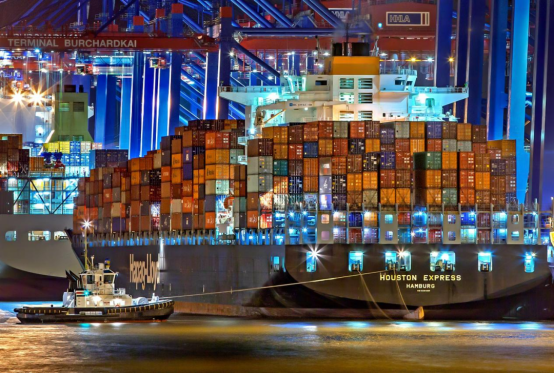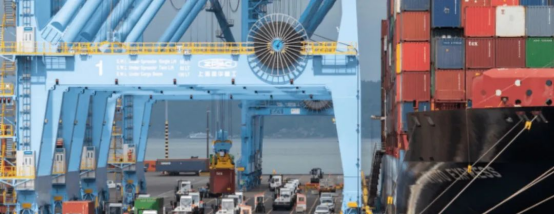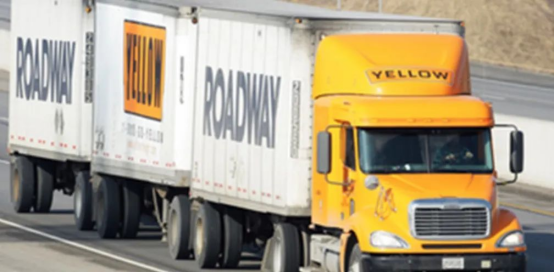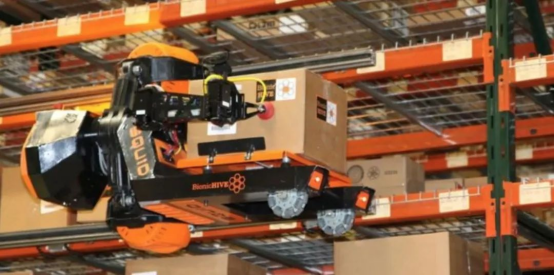
![[sort:pic]](/template/default/images/banner/3-3.jpg)

Lean management provides customers with high-quality services and a visible panoramic view of the prosperous era.
Share
In the vast world of cross-border e-commerce, logistics is undoubtedly a critical link that sellers must carefully manage, especially for merchants who rely on Amazon's FBA services. Ocean Truckload (OTL) and Full Container Load (FCL) Direct Delivery, as two mainstream first-mile logistics methods for FBA, each have their own characteristics and are suitable for different business scenarios. Below is an in-depth analysis and selection guide for these two logistics models, aiming to provide sellers with valuable insights for their logistics decision-making.
OTL is a logistics method that combines ocean shipping and truck transportation. The specific process is as follows: Goods are first shipped to a designated port via ocean freight and then transported by truck from the port to the Amazon FBA warehouse for final delivery.
Advantages:
• Cost-Effectiveness: Compared to air freight, ocean shipping has lower transportation costs, making it particularly suitable for bulk cargo and significantly reducing logistics expenses.
• Cargo Safety: Ocean shipping typically uses large containers, which effectively protects goods during transit. Using dedicated trucks for the final leg of delivery can greatly reduce the risk of damage or loss.

Disadvantages:
• Lower Timeliness: Due to the involvement of both ocean and land transportation, the overall shipping cycle is longer compared to air freight (5–10 days), resulting in lower efficiency.
• Tracking Difficulties: Since trucks are used for the final delivery, tracking the last mile of the shipment can be challenging. Unlike UPS, which provides detailed tracking information, OTL lacks comprehensive visibility.

FCL Direct Delivery refers to shipping goods in a full container directly to the Amazon FBA warehouse without the need for unpacking or transshipment along the way.
Advantages:
• Higher Efficiency: FCL Direct Delivery eliminates intermediate steps, as the container is transported directly from the port to the Amazon FBA warehouse, improving delivery speed.
• Cost Savings: Compared to OTL, FCL Direct Delivery avoids additional costs such as unpacking, sorting, palletizing, and labeling at overseas warehouses, further reducing expenses. If timeliness is acceptable, FCL Direct Delivery is the preferred choice.
• Cargo Safety: Since the container is not opened during transit, goods remain secure from loading at the origin until arrival at the Amazon warehouse, theoretically eliminating risks of damage or loss.

Disadvantages:
• Slightly Lower Efficiency: Compared to OTL, FCL Direct Delivery may be marginally slower, as it typically delivers to high-demand warehouses. If a warehouse is particularly busy, delays may occur, though the difference is minimal during off-peak seasons.
• Less Flexibility: Once the container is sealed, it generally cannot be opened mid-transit. This can pose challenges in emergencies, such as changing the shipping method, address, or intercepting the cargo for temporary storage at an overseas warehouse. Issuing instructions before the container arrives at the port has a higher success rate, but if the container has already been picked up, interception becomes difficult. Additionally, special fees for last-minute changes (e.g., redirection, unpacking, sorting, palletizing) must be borne by the seller.

When choosing between OTL and FCL Direct Delivery, sellers should consider the following factors:
⒈ Cargo Characteristics: Both OTL and FCL are suitable for large or heavy shipments. If the delivery address is uncertain, OTL is a safer choice.
⒉ Timeliness Requirements: Select the logistics method based on order urgency. If customers demand faster delivery, FCL Direct Delivery may be the better option.
⒊ Budget Constraints: Evaluate the proportion of logistics costs in overall operational expenses and choose a method that aligns with the budget. OTL is typically more expensive, while FCL Direct Delivery offers lower costs.
By carefully weighing these factors, sellers can optimize their logistics strategy for Amazon FBA, balancing cost, efficiency, and reliability.